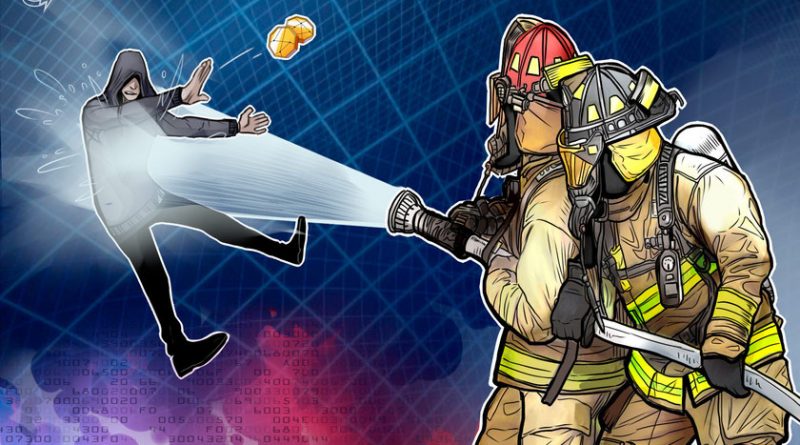Today’s clients demand that banks show cybersecurity chops, says JPMorgan leader
New technology also means new responsibilities. Security is key in the digital age.
As internet banking comes of age, so too do new ways of stealing funds. That makes cybersecurity central to modern banking, according to David Leach, JPMorgan Chase’s Asia-Pacific head of cybersecurity and technology controls.
“It’s a competitive disadvantage not to have a robust cybersecurity capability that you can demonstrate,” Leach said during a BlockShow conference panel on Tuesday.
Before the internet took over, customers mainly asked about banking and financial entities’ services, not about their security, according to panel moderator, Nasir Zubairi, CEO of the Luxembourg House of Financial Technology. Zubairi also holds experience in the banking industry. Leach said people are now inquiring on such security.
“If we look outside of retail for a moment at wholesale banking, all of our clients and customers are regularly asking us to demonstrate what our cybersecurity maturity is. You see messaging platforms like Swift having an expectation that you have cyber hygiene and being able to demonstrate that, and that’s a good thing.”
Cybersecurity is a key focus for governing bodies globally, Leach said. “The level of inquiry, the intrusiveness, the frequency, where you have to demonstrate cybersecurity maturity, is just on the up and up,” he noted, estimating “20-30% increase in regulatory inquiry year over year on cybersecurity.” In turn, such awareness has created an ever-changing landscape for legal parameters surrounding online safety.
Cybersecurity also stands as a major point of focus in the crypto and blockchain space. People can easily transact and store cryptocurrencies anonymously, making them a prime target for theft. Best practices across the industry mean each user must maintain a base level of cybersecurity knowledge. Exchange hacks also surface from time to time, meaning those centralized entities must keep abreast on the latest threats.




